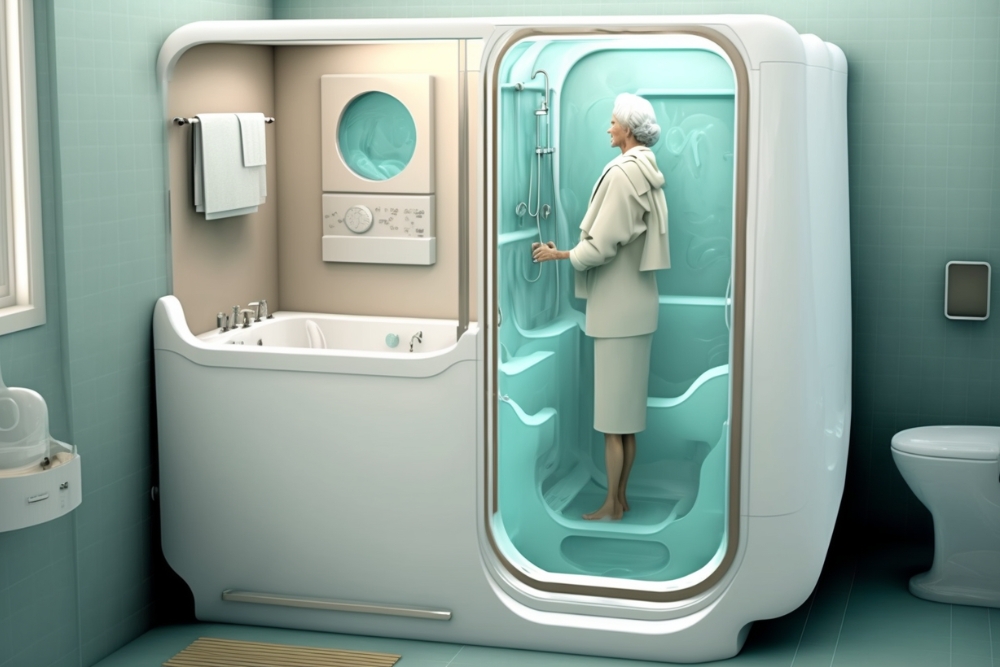Steering into the Future: The Remarkable Rise of Steer-by-Wire Technology
Automotive technology is in a constant state of evolution, and one of the most revolutionary advancements in recent years is the emergence of steer-by-wire systems. Promising enhanced precision, adaptability, and a streamlined driving experience, these systems are poised to redefine our relationship with the steering wheel.

A New Chapter in Steering Technology
The steering wheel is one of the most iconic components of a car. Throughout automotive history, it has undergone numerous transformations—from the tiller-style mechanisms of the earliest automobiles to power steering’s widespread adoption in the mid-20th century. Now, as we enter a new era of automotive technology, another significant shift is on the horizon: the rise of steer-by-wire systems.
Steer-by-Wire: Understanding the Basics
Steer-by-wire, also known as non-mechanical or digital steering, operates without a physical connection between the steering wheel and the car’s wheels. Instead, driver inputs are converted into electronic signals, which are then processed by a computer that directs the vehicle’s wheels. This system marks a radical departure from traditional steering mechanisms, which rely on a series of mechanical linkages to translate driver inputs into wheel movements.
The Driving Force Behind Steer-by-Wire
The adoption of steer-by-wire technology is fueled primarily by its potential to enhance safety and driving comfort. It allows for greater precision in steering, as the computer can make minute adjustments that a human driver can’t. The technology also enables easy customization of steering feel, allowing drivers to select their preferred level of responsiveness and feedback. Furthermore, the elimination of mechanical linkages can free up space in the car’s design, providing more room for innovative features and enhancements.
Challenges and Potential Downsides
While the advantages of steer-by-wire are compelling, the technology also presents some challenges. For one, the lack of a physical connection between the steering wheel and the wheels raises safety concerns. In the event of a system failure, the driver could lose control of the vehicle. To mitigate this risk, manufacturers are implementing redundant systems and fail-safes. There’s also a psychological hurdle to overcome: many drivers are accustomed to the traditional feel of mechanical steering and may be hesitant to embrace a fully digital system.
Steering into the Future
Despite these challenges, steer-by-wire technology holds immense potential. As the technology matures and becomes more widespread, it could dramatically reshape our driving experiences—offering enhanced precision, customization, and comfort. While it’s still early days, steer-by-wire systems are undoubtedly a fascinating development to watch in the automotive world.
In the automotive industry, constant innovation is the norm, not the exception. As we steer into the future, technologies like steer-by-wire promise to redefine our driving experiences and take us on exciting new journeys. With its potential to enhance safety, precision, and comfort, steer-by-wire may well be the next big thing in automotive steering technology.




